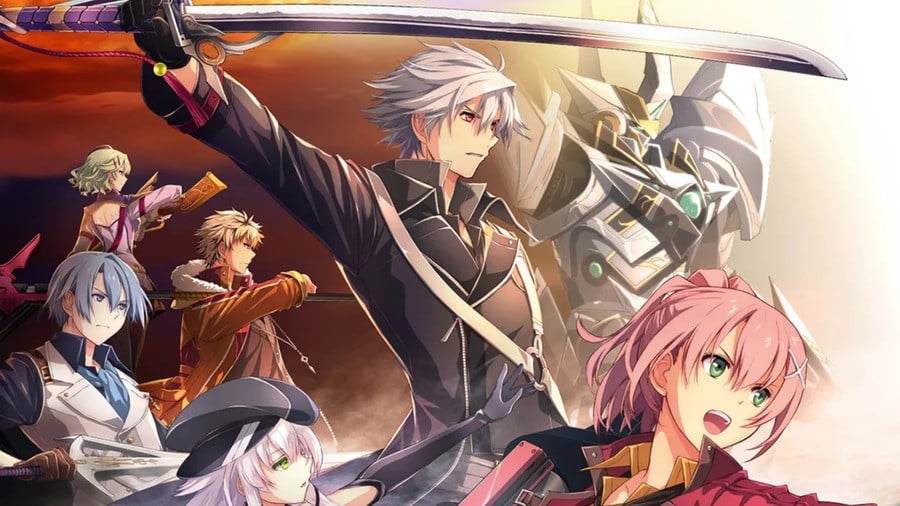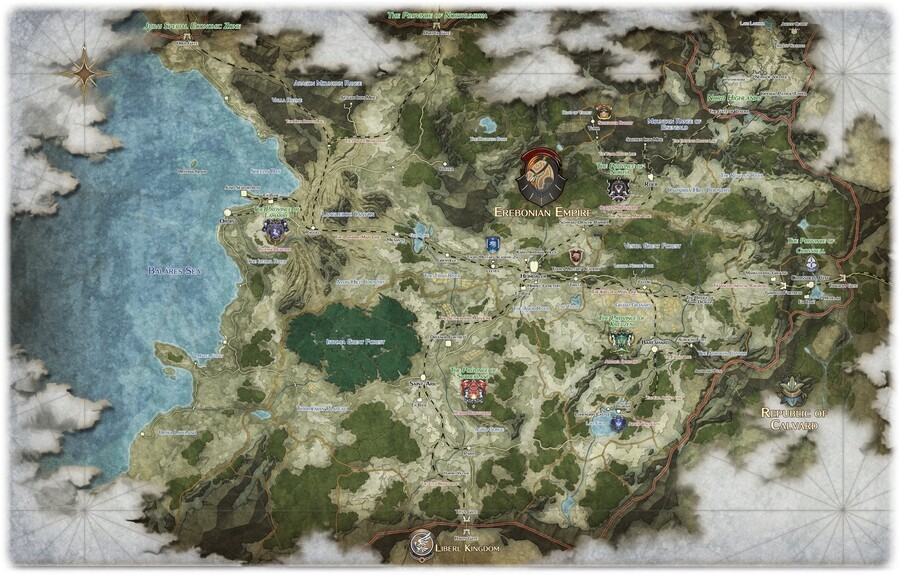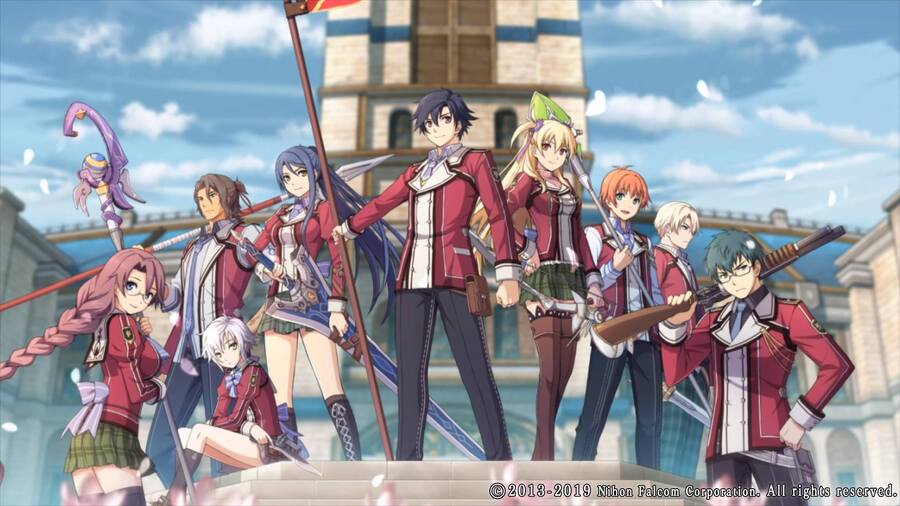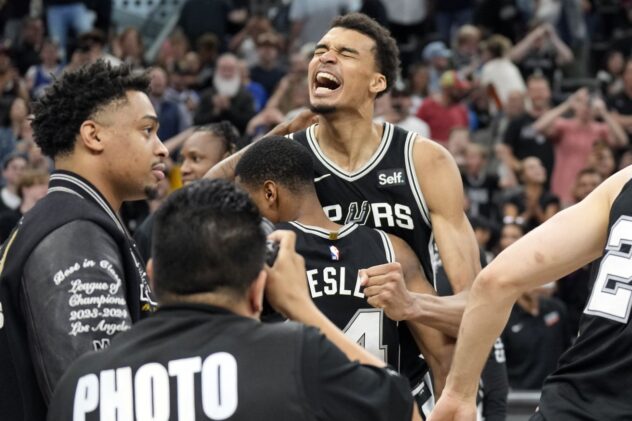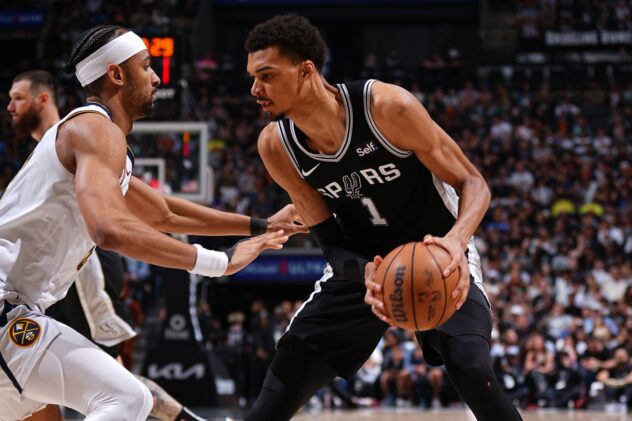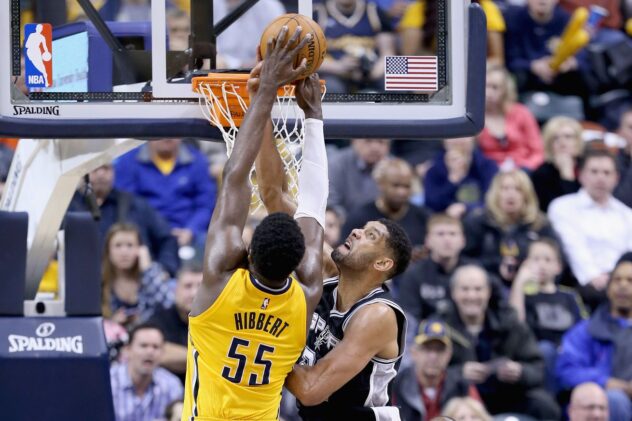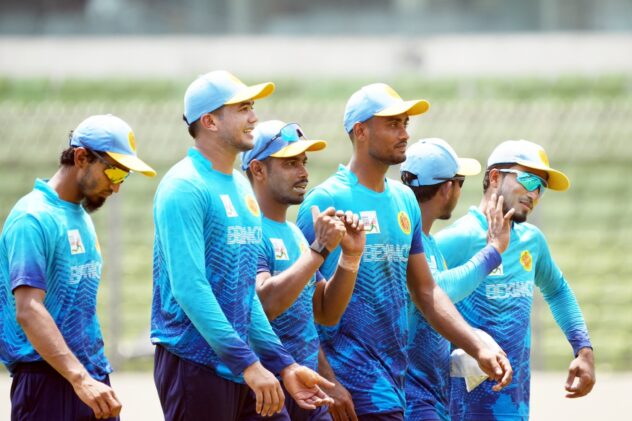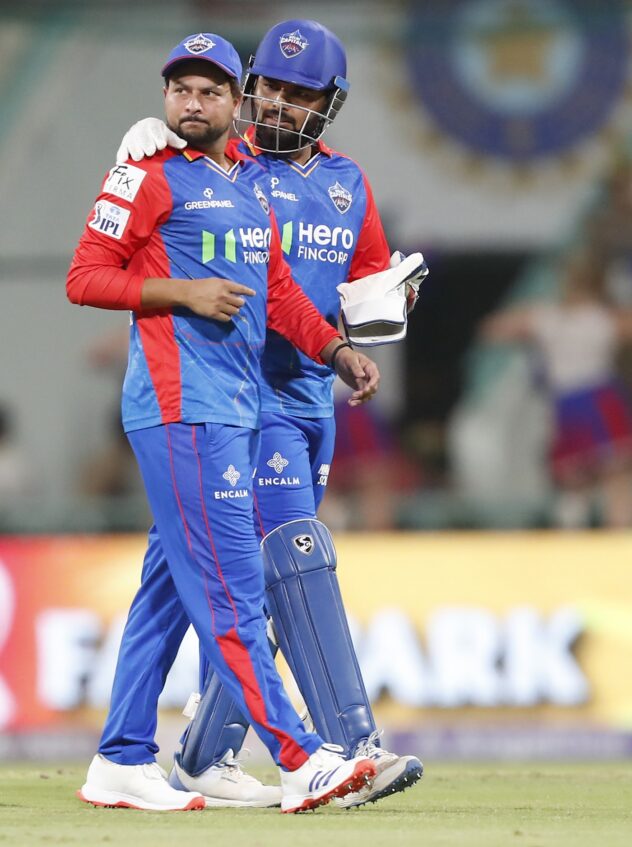Feature: Nihon Falcom’s Trails Of Cold Steel Rivals Game Of Thrones In The Worldbuilding Stakes

Much like its predecessors, we had a fair wait until The Legend of Heroes: Trails of Cold Steel IV reached western audiences. First launched three years ago, Cold Steel IV finally arrived in the West last year on PS4 to great reviews and, come April 9th, Switch owners can experience how Nihon Falcom’s latest RPG saga wraps up. Following on from Cold Steel III’s Switch launch in 2020, the presence of numbers three and four might make you question where the western Switch versions of Cold Steel I & II have got to; for such a story-driven saga, starting with number three is an odd move which robs players o the series’ incredibly rich history.
If you’re not familiar, Trails (A.K.A. Kiseki) is a sub-series within The Legend of Heroes franchise, although after eleven entries, it has basically replaced it now. Set across the Zemurian continent, the games are divided into their own arcs, each bringing us incredible tales between Zemuria’s nations.
At face value, the two properties may not seem like natural companions… However, both contain striking parallels in the finer aspects of their worlds
It began back in 2004 with Trails in the Sky kicking off inside the Liberl Kingdom; Zero & Ao no Kiseki took us to Crossbell State; Cold Steel and Hajimari No Kiseki spanned Erebonia; and the upcoming Kuro No Kiseki takes place in the Calvard Republic. Despite working as standalone experiences, these arcs often overlap, and they cumulatively demonstrate some of gaming’s most incredible worldbuilding.
In many ways, the sheer depth behind Trails is reminiscent of something like George R. R. Martin’s A Song of Ice and Fire novels (that’s Game of Thrones if you’re not a fan of those book things). On face value, the two properties may not seem like natural companions: Cold Steel falls into quite a few anime tropes – the school setting, most main characters having different hair colours, ridiculously powerful teenagers, mechs, we could go on – whereas Game of Thrones is a much darker affair based in a (somewhat) more realistic feudal setting. It’s a different brand of fantasy, that’s for sure; one that’s not nearly as afraid to kill its characters and offers a lot more… well, *ahem* adult content. However, both contain striking parallels in the finer aspects of their worlds, and to understand how, we must go back to the start. As such, be aware that this feature contains spoilers, specifically regarding Game Of Thrones and the original Trails of Cold Steel. You have been warned!…
Still here? Lovely!
George R.R. Martin’s fantasy epic gained a huge mainstream following through HBO’s TV adaptation that began back in 2011, but the story kicked off in 1996 with the first novel in the series, A Game Of Thrones. Each chapter focused on different characters spanning across the Seven Kingdoms of Westeros, and those constituent realms all swear fealty to the Iron Throne upon which sits a Great Lord. Fifteen years after Robert Baratheon rebelled against Aerys “the Mad King” Targaryen to take said throne, he summons Lord Eddard “Ned” Stark to the capital to become Robert’s new aide, better known as ‘Hand of the King’.
When King Robert dies in a hunting “accident” and Ned discovers the heir apparent Prince Joffrey is a bastard born of incest, a power struggle ensues after Joffrey’s coronation, one that eventually leads to Ned’s execution. With two regions declaring independence and both Baratheon brothers taking up arms, this sparks a civil war that soon becomes “The War of the Five Kings” and we are drawn into a tale of political intrigue.
As for Trails of Cold Steel, the opening takes a different tone: set within the Erebonian Empire, we find a nation ruled by “The Four Great Houses”, each swearing fealty to the Reise Arnor family. Rather than focus on multiple characters, Cold Steel tells the story of Rean Schwarzer, son of a minor noble beginning his school life at Thors Military Academy. Upon enrolment, he finds himself placed in Class VII, a special group which mixes nobles and commoners.
Soon enough, Class VII are sent on numerous field trips across the empire, giving us a first-hand look at tensions between aristocratic nobles and the working-class Reformist faction. Much like Game of Thrones, tensions ultimately result in death, with the assassination of the Reformist faction’s leader, Chancellor Giliath Osborne. Shortly after, the Imperial capital Heimdallr comes under Noble Alliance occupation, taking both Emperor Eugent III and Crown Prince Cedric hostage and starting a new civil war.
Westeros and Erebonia both come to life brilliantly through well-observed, subtle character interactions
You get all that? Granted, there’s a few plot differences even if the end result is ultimately similar, but events in these worlds don’t just occur out of the blue; great, multi-layered stories like this require strong worldbuilding, and that comes with a fine balance to achieve. Too much exposition disrupts the narrative flow — you wouldn’t expect someone you’d just met to offer up their whole backstory — but offer too little and your audience lacks crucial context for proceedings. Whether it came as passing anecdotes while travelling, arriving at a new field trip location, or old friends reuniting once again, Westeros and Erebonia both come to life brilliantly through well-observed, subtle character interactions that illustrate the broader issues.
Through those Class VII field trips and Game of Thrones’ multiple perspectives, we got a strong look at the unique cultures that inhabit these worlds, too, going way beyond surface-level politics and taking a deeper look into class divides that fuel the conflicts. Both nations share commonalities in their formation, too, based upon wars long past. Outside of Robert’s Rebellion, plenty is discussed on these kingdoms uniting under Aegon “The Conqueror” Targaryen, alongside the sixteen Targaryen kings who followed. Likewise, Cold Steel often delves into “The War of the Lions”, a bloody conflict for succession between five princes, before Dreichels Reise Arnor emerged victorious. By taking the time to painstakingly detail both continents through their histories, we become invested and intrigued.
Sadly, worldbuilding alone doesn’t guarantee a satisfying payoff. Game of Thrones fans can attest to this, after that disappointing finale arguably squandered so much potential. Thankfully, a poor ending can never take away what drew us in in the first place, and we fans of the books can hope for a better resolution for A Song of Ice and Fire’s conclusion, whenever those novels might release.
As for Trails, Nihon Falcom aren’t stopping anytime soon with Kuro No Kiseki on the way, and we’re looking forward to how these adventures further develop within Calvard. In the meantime, Japan’s already got Hajimari, and we’re praying it arrives quicker than The Winds of Winter.
Keep an eye out for our review of Trails of Cold Steel IV soon, and feel free to let us know your thoughts on this series below.

